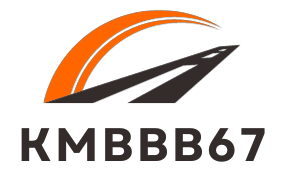Saber y Conocimiento: The Power of Knowing and Understanding
Saber y conocimiento, two Spanish terms often used interchangeably, hold distinct meanings that are vital to understanding the broader scope of human intellect and education. In English, “saber” translates to “to know” in the sense of learned or factual knowledge, while “conocimiento” means “knowledge” as a broader, deeper, and often experiential concept Saber y Conocimiento. Together, these ideas shape how we perceive intelligence, learning, and wisdom in personal, academic, and professional life.
Understanding “Saber”
“Saber” refers to the act of knowing specific information. It is associated with facts, data, and learned knowledge. For example, knowing a historical date, a scientific formula, or a mathematical equation falls under saber. It is the type of knowledge acquired through study, reading, and formal education.
This type of knowledge is critical for academic success and technical professions. It provides the foundation for problem-solving and decision-making. In today’s fast-paced digital world, access to information is easier than ever, but truly understanding and applying what we know still requires effort and clarity of thought.
Exploring “Conocimiento”
On the other hand, “conocimiento” is a broader concept. It encompasses not only facts but also the understanding gained through experience, reflection, and practice. It is more holistic, often touching on emotional intelligence, cultural awareness, and real-world insight.
For example, one may have the saber of how to drive a car by reading a manual, but the conocimiento comes from actual driving experience—navigating traffic, weather, and unexpected road conditions. This distinction is important in many areas of life, from education to business leadership.
The Harmony Between Saber and Conocimiento
True wisdom lies in the balance between saber and conocimiento. While saber gives us the tools and information to act, conocimiento helps us apply those tools wisely and with empathy. For instance, a doctor uses saber to understand medical science and conocimiento to interact compassionately with patients.
In education, encouraging both aspects creates more well-rounded individuals. Modern teaching methods aim to combine factual learning with critical thinking, teamwork, and real-life application—bridging the gap between classroom knowledge and life knowledge.
Saber y Conocimiento in the Modern World
In the digital era, saber is easily accessible through smartphones and the internet. However, conocimiento is cultivated over time, through communication, trial and error, and learning from others. Employers today seek individuals who possess not just saber, but also soft skills and emotional understanding—traits found in conocimiento.
Moreover, in cultural and philosophical discussions, saber y conocimiento often reflect deeper values: the pursuit of truth, the search for meaning, and the commitment to lifelong learning. They remind us that knowing is not just about memorizing but about understanding, applying, and evolving.
Conclusion
Saber y conocimiento are two pillars of human growth. Whether in education, work, or personal development, both forms of knowing are essential. While saber empowers us with facts and figures, conocimiento gives us the wisdom to use them with insight and purpose. Embracing both leads to a more enlightened, capable, and compassionate society.
